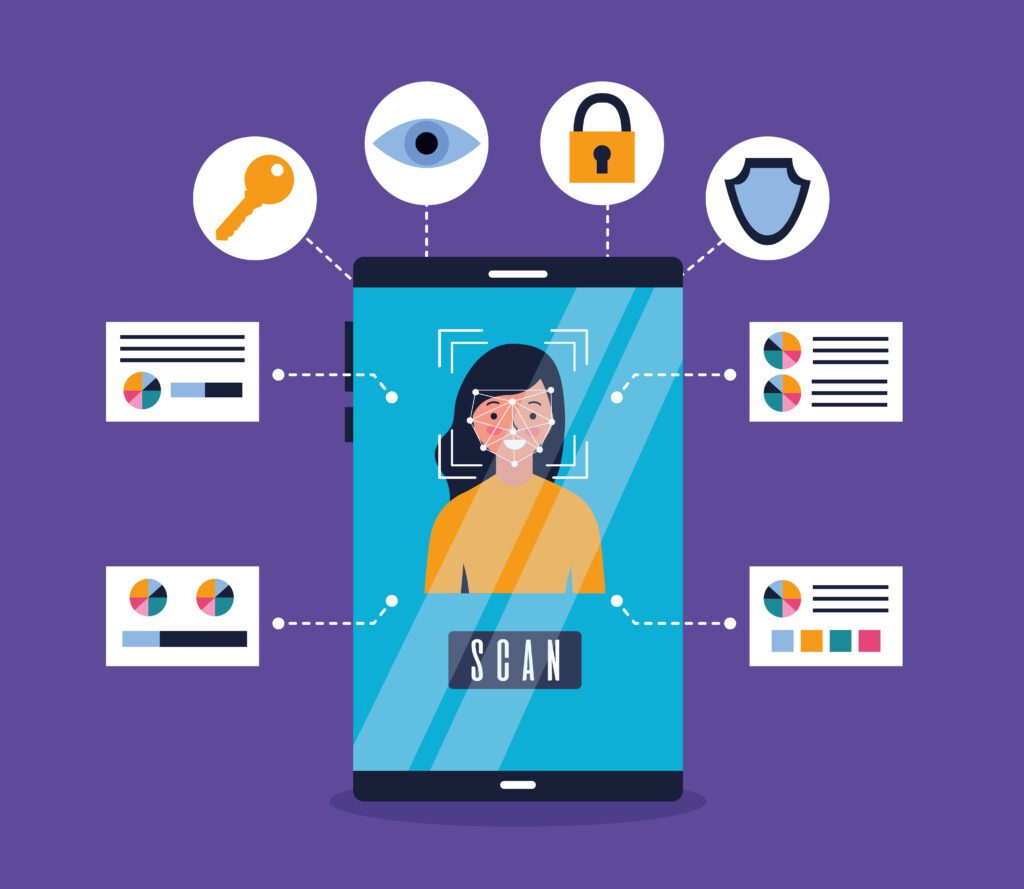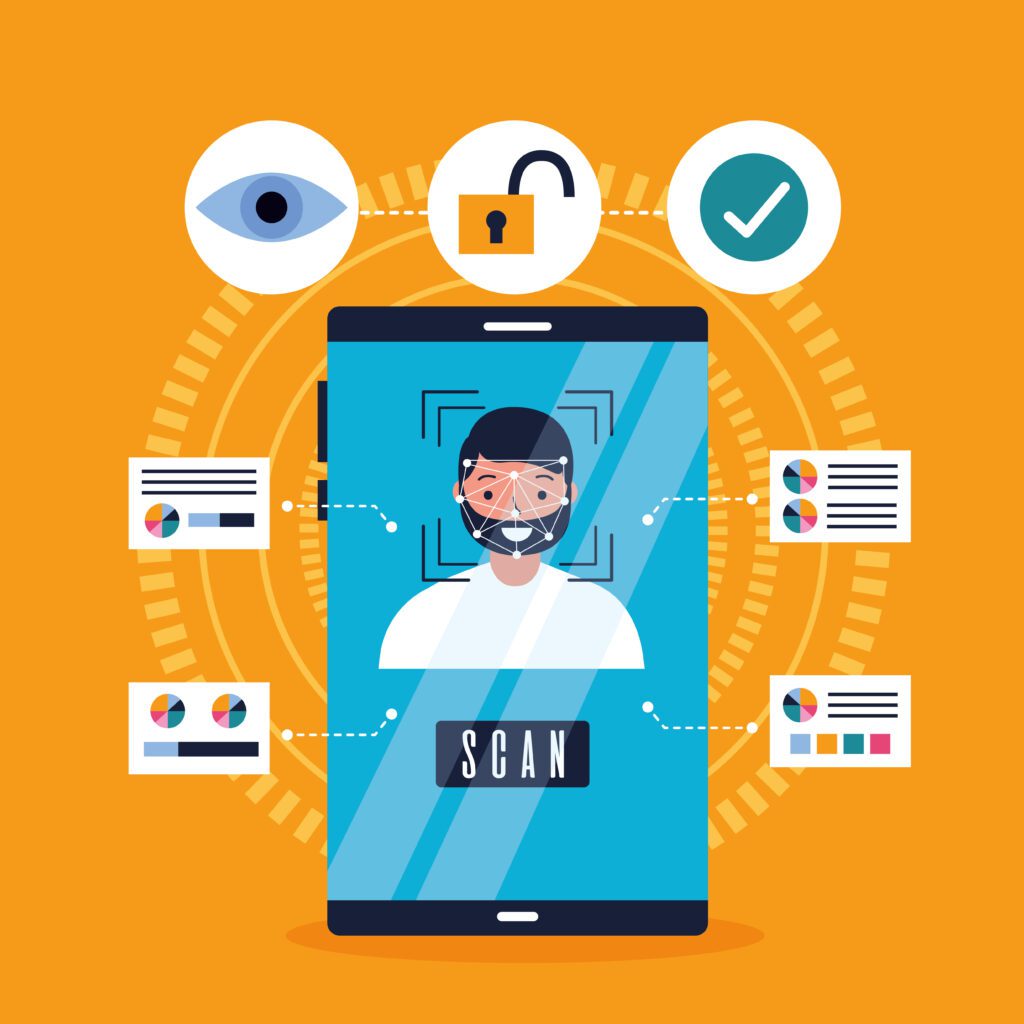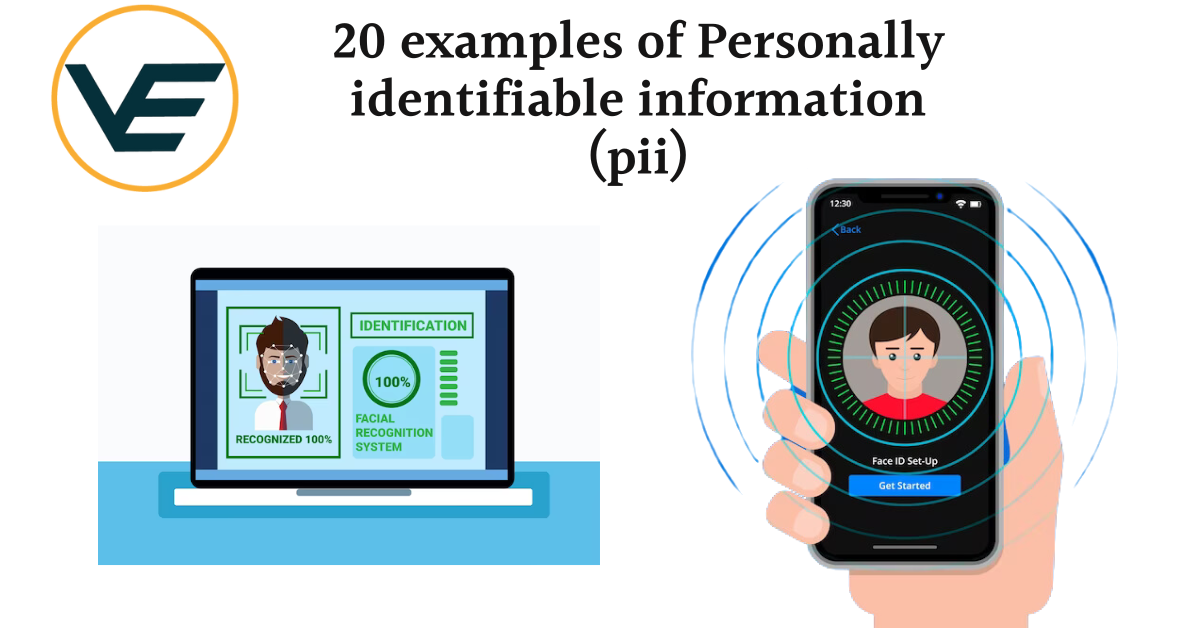PII, short for Personally Identifiable Information, refers to any data or information that can be used to identify, contact, or locate an individual. It includes both sensitive and non-sensitive data that, when combined, can uniquely identify a person. PII is a crucial aspect of privacy and data protection, and its proper handling is essential to safeguard individuals’ personal information from misuse, identity theft, or unauthorized access.

Examples of PII
Here are 20 examples of Personally Identifiable Information (PII):
| No. | PII Examples |
|---|---|
| 1. | Full Name |
| 2. | Social Security Number (SSN) |
| 3. | Date of Birth |
| 4. | Home Address |
| 5. | Email Address |
| 6. | Phone Number |
| 7. | Driver’s License Number |
| 8. | Passport Number |
| 9. | Financial Account Numbers |
| 10. | National Identification Number |
| 11. | Health Information |
| 12. | Biometric Data |
| 13. | Vehicle Registration Number |
| 14. | IP Address |
| 15. | Geolocation Data |
| 16. | Username and Passwords |
| 17. | Social Media Profiles |
| 18. | Mother’s Maiden Name |
| 19. | Criminal Records |
| 20. | Education Records |

- Full Name: The individual’s complete name, including first name, middle name, and last name.
- Social Security Number (SSN): A unique nine-digit number issued to U.S. citizens and residents for tax and identification purposes.
- Date of Birth: The specific date on which a person was born.
- Home Address: The physical address where a person resides.
- Email Address: A personal email used for communication and identification.
- Phone Number: A contact number associated with an individual.
- Driver’s License Number: A unique number assigned to an individual’s driver’s license.
- Passport Number: The unique identifier assigned to a person’s passport.
- Financial Account Numbers: Such as bank account numbers and credit card numbers.
- National Identification Number: A unique identifier issued by some countries for identification purposes.
- Health Information: Personal health details, medical records, and insurance information.
- Biometric Data: Fingerprints, retinal scans, facial recognition data, etc.
- Vehicle Registration Number: A unique identifier assigned to a motor vehicle.
- IP Address: A numerical label assigned to each device connected to a computer network.
- Geolocation Data: Information about a person’s physical location obtained from devices or applications.
- Username and Passwords: Information used to access online accounts.
- Social Media Profiles: Information shared on social media platforms.
- Mother’s Maiden Name: The surname of a person’s mother before marriage.
- Criminal Records: Information related to a person’s criminal history.
- Education Records: Academic information and transcripts.
It’s important to protect PII as it can be misused for identity theft, fraud, or other malicious purposes. Organizations and individuals must take measures to safeguard and handle PII responsibly to ensure privacy and data security.

